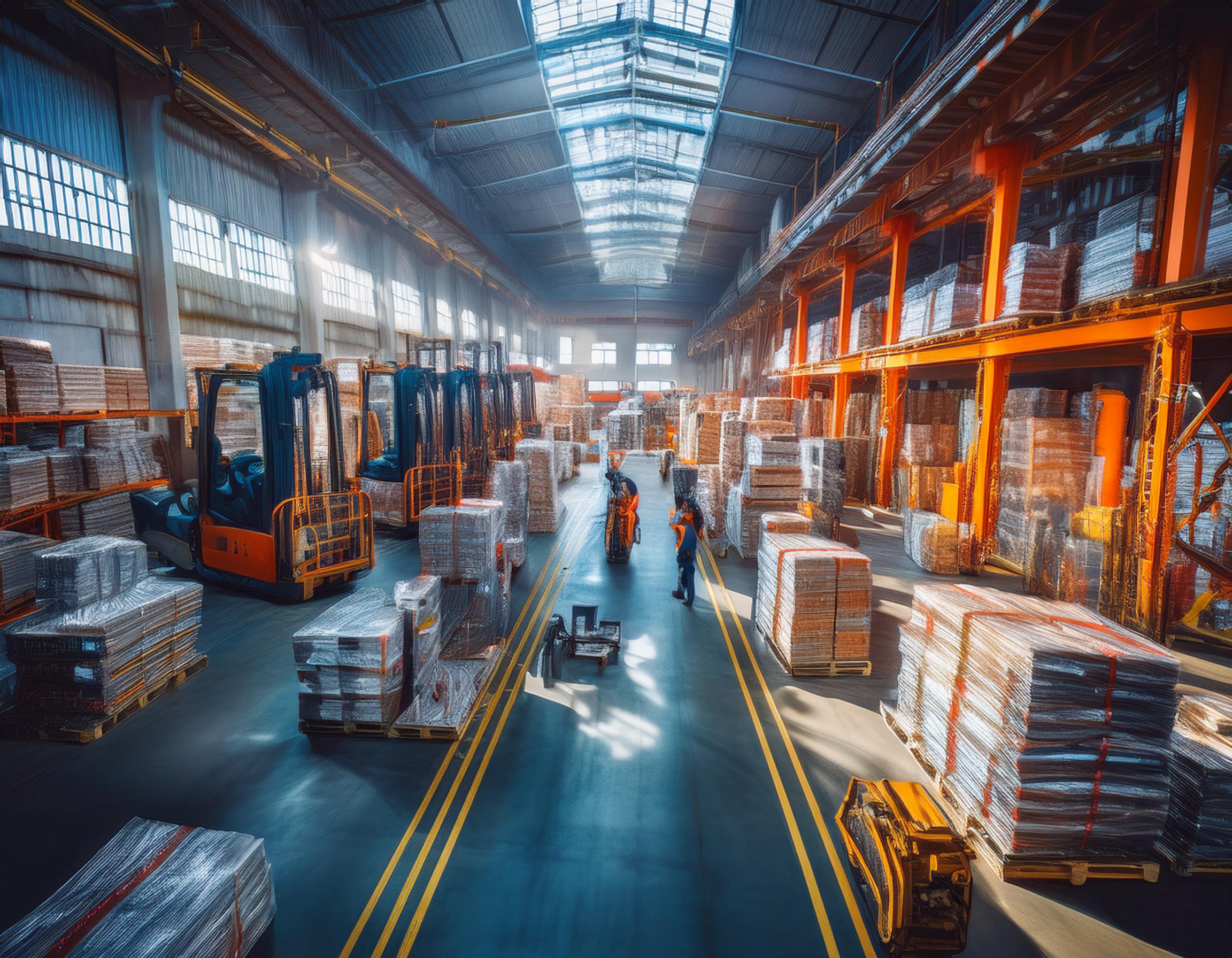Manufacturing Momentum: First Coast Factories Surge Forward, Signaling Economic Optimism

The First Coast manufacturing sector experienced a notable slowdown, with key indicators revealing a contraction in critical operational areas. Manufacturers reported significant reductions in work backlogs and inventory levels, signaling potential challenges in the regional industrial landscape. These shifts suggest a complex economic environment where production dynamics are rapidly evolving, potentially impacting local manufacturing capabilities and economic performance.

